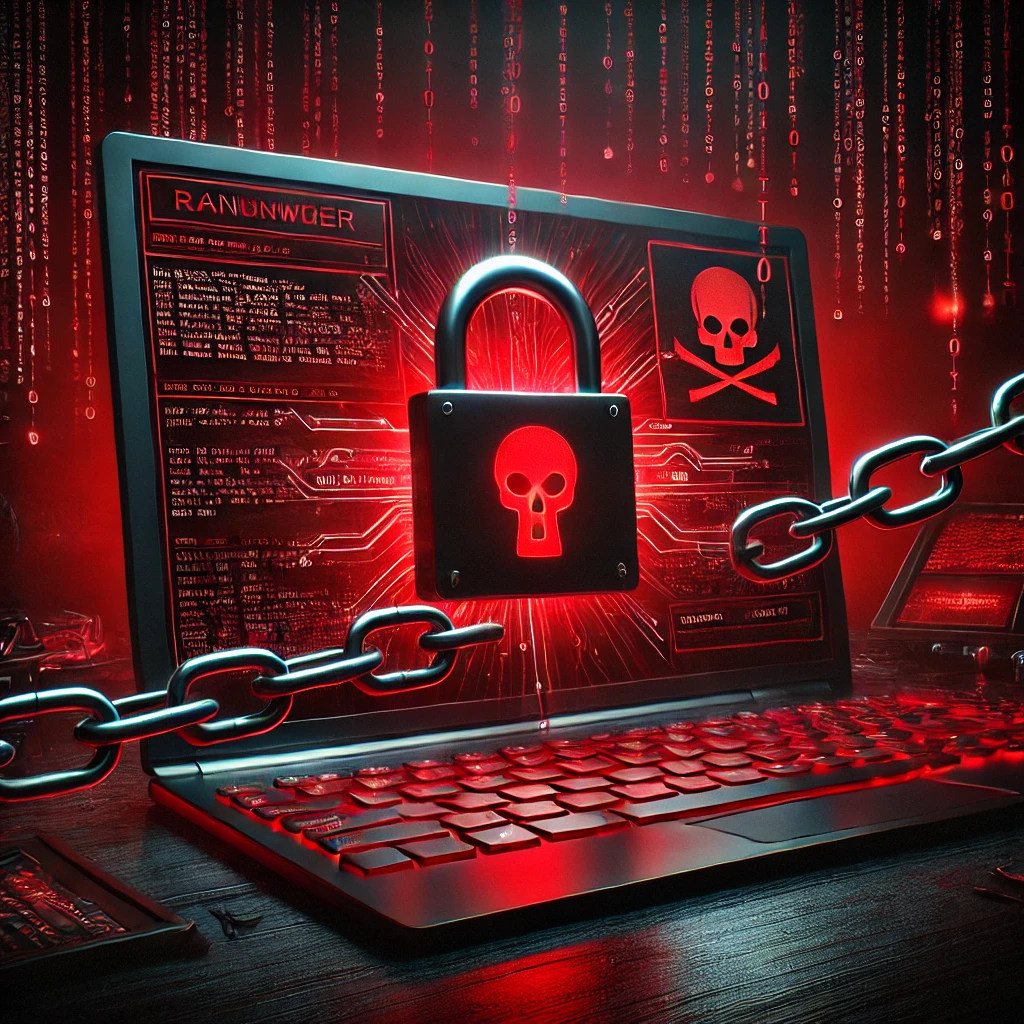Ransomware Attacks

Categories:
5 minute read
Ransomware attacks have become one of the most significant threats to organizations worldwide, affecting businesses of all sizes and industries. These attacks not only lead to financial losses but also jeopardize sensitive data, disrupt operations, and damage reputations. Understanding how ransomware attacks occur, their implications, and preventive measures is crucial for organizations aiming to safeguard their assets.
Understanding Ransomware Attacks
Ransomware is a type of malicious software that encrypts files on a victim’s computer or network, rendering them inaccessible until a ransom is paid. The attackers typically demand payment in cryptocurrencies like Bitcoin to maintain anonymity. Ransomware attacks can be categorized into several phases, each representing a critical step in the attack lifecycle.
The Phases of a Ransomware Attack
Reconnaissance: Attackers begin by researching potential targets to identify vulnerabilities. They assess factors such as the organization’s size, industry, and the value of its data to determine the likelihood of receiving a ransom payment[2].
Initial Access: Gaining entry into the network is often achieved through phishing emails, exploiting unpatched software vulnerabilities, or using stolen credentials. Some attackers may purchase access from initial access brokers who specialize in breaching networks[3].
Lateral Movement: Once inside the network, attackers move laterally to expand their control. This phase involves exploring the network to locate valuable data and systems that can be encrypted[2][3].
Data Exfiltration: Many modern ransomware attacks involve stealing sensitive data before encryption. This tactic not only serves as leverage for ransom demands but also threatens victims with data leaks if they refuse to pay[3][4].
Encryption: The core of the attack occurs when the ransomware encrypts files across the victim’s systems using sophisticated algorithms like RSA or AES. This renders files inaccessible without a decryption key[2][3].
Ransom Demand: After encryption, attackers typically leave a ransom note detailing how to pay the ransom and what will happen if the victim fails to comply. Some may even threaten to leak stolen data on dark web forums[3][4].
Post-Attack Actions: Victims face difficult decisions after an attack. Paying the ransom does not guarantee that access will be restored, and it may encourage further attacks against them or others in their industry[4].
The Impact of Ransomware Attacks
The consequences of ransomware attacks can be severe and multifaceted:
Financial Loss: Organizations often face hefty ransom demands, which can range from thousands to millions of dollars. The average ransom payment has reportedly increased significantly over recent years, with some cases exceeding $80 million[4][6]. Additionally, businesses incur costs related to recovery efforts, legal fees, and potential fines for data breaches.
Data Loss: Critical data may be permanently lost if backups are insufficient or if attackers delete backups before executing their plans. This loss can severely impact business operations and customer trust[1][2].
Reputational Damage: Organizations that fall victim to ransomware attacks may suffer long-term reputational harm. Customers may lose confidence in a company’s ability to protect their personal information, leading to a decline in business opportunities[1][4].
Operational Disruption: Ransomware can halt business operations entirely while systems are restored or rebuilt. This downtime can lead to lost revenue and decreased productivity as employees are unable to access necessary tools and information[1][2].
Notable Ransomware Attacks
Several high-profile ransomware incidents have made headlines in recent years, illustrating the pervasive nature of this threat:
Colonial Pipeline (2021): This attack disrupted fuel supplies across the Eastern United States when hackers encrypted systems controlling pipeline operations. The company paid a $4.4 million ransom but faced significant backlash from government officials and the public for its decision[6].
JBS Foods (2021): JBS paid $11 million after cybercriminals targeted its meat processing operations, leading to temporary plant closures across North America and Australia[6].
MGM Resorts (2023): A ransomware attack on MGM Resorts resulted in significant operational disruptions across hotels and casinos, affecting check-in systems and slot machines[6]. These incidents underscore the urgent need for organizations to adopt robust cybersecurity measures.
Preventive Measures Against Ransomware
Organizations can take several proactive steps to mitigate the risk of ransomware attacks:
Regular Backups: Implementing regular backups is crucial for recovery if an attack occurs. Backups should be stored offline or in a secure cloud environment that is not accessible from the main network.
Employee Training: Conducting regular cybersecurity training helps employees recognize phishing attempts and other social engineering tactics that could lead to initial access points for attackers.
Patch Management: Keeping software up-to-date with security patches reduces vulnerabilities that attackers could exploit.
Network Segmentation: Dividing networks into segments can limit lateral movement within an organization’s infrastructure if an attacker gains initial access.
Advanced Threat Detection Tools: Investing in threat detection solutions can help identify suspicious activities early on and respond quickly before significant damage occurs.
Incident Response Planning: Developing an incident response plan ensures that organizations know how to react swiftly and effectively in case of an attack.
Cyber Insurance: Considering cyber insurance can provide financial protection against losses incurred due to ransomware attacks.
Conclusion
Ransomware attacks present a growing threat that requires vigilance from organizations across all sectors. By understanding how these attacks unfold and implementing robust preventive measures, businesses can better protect themselves against this pervasive danger. As cybercriminals continue to evolve their tactics, staying informed about emerging threats and adapting security strategies will be essential for safeguarding sensitive data and maintaining operational integrity.
In an increasingly digital world, proactive measures against ransomware are not just recommended; they are imperative for survival in today’s competitive landscape.
Citations: [1] https://www.pentestpeople.com/blog-posts/ransomware-attacks-how-they-happen-the-threats-and-risks [2] https://flashpoint.io/blog/the-anatomy-of-a-ransomware-attack/ [3] https://blog.compass-security.com/2024/04/behind-the-scenes-of-ransomware-attacks/ [4] https://www.digitalguardian.com/blog/50-examples-ransomware-attacks-and-their-impacts [5] https://www.rapid7.com/blog/post/2024/09/09/our-4-essential-strategy-takeaways-from-the-gartner-r-2024-report-how-to-prepare-for-ransomware-attacks/ [6] https://www.sangfor.com/blog/cybersecurity/list-of-top-ransomware-attacks-in-2023 [7] https://www.kaspersky.com/blog/ransowmare-attacks-in-2023/50634/ [8] https://ransomware.org/blog/
Feedback
Was this page helpful?
Glad to hear it! Please tell us how we can improve.
Sorry to hear that. Please tell us how we can improve.